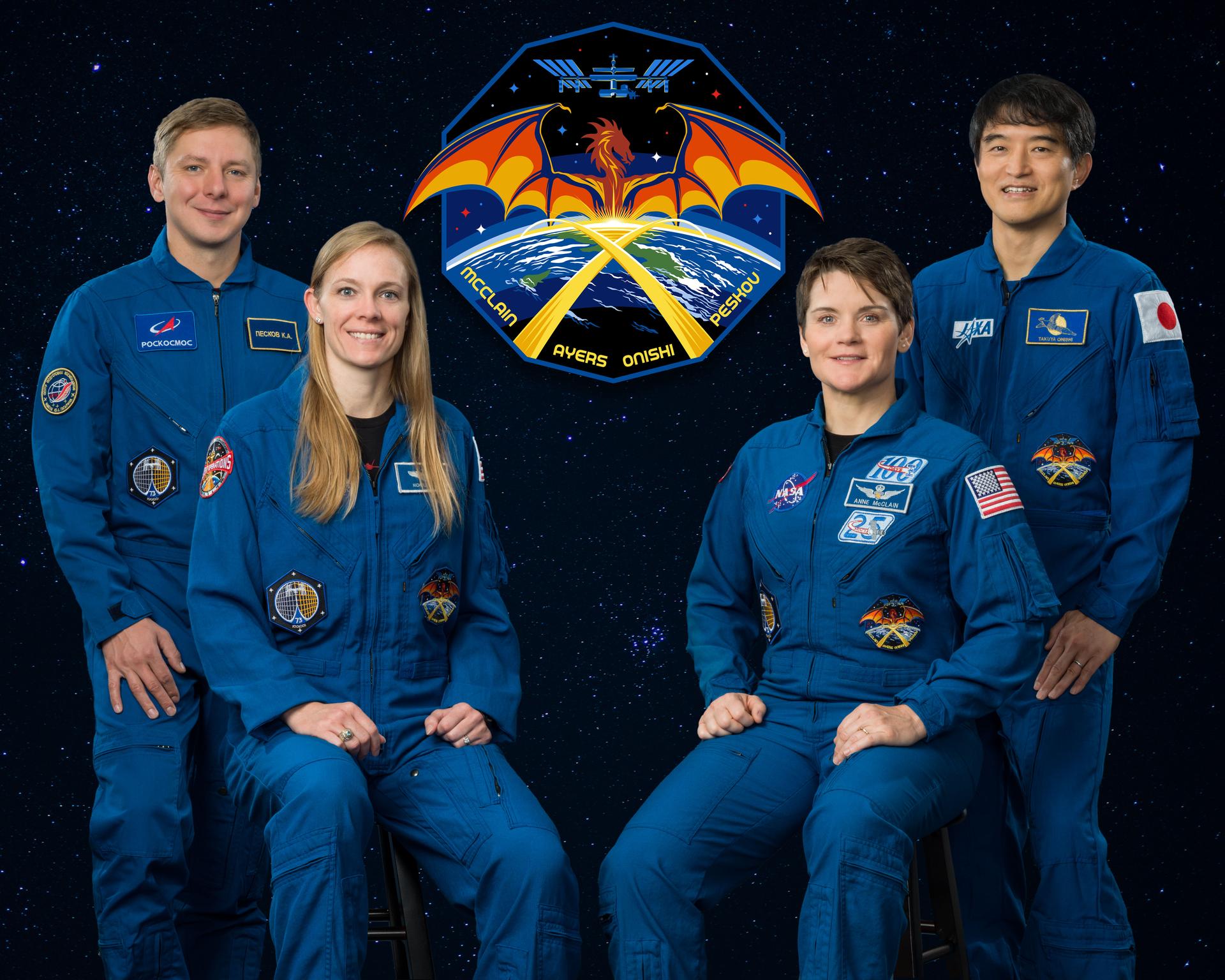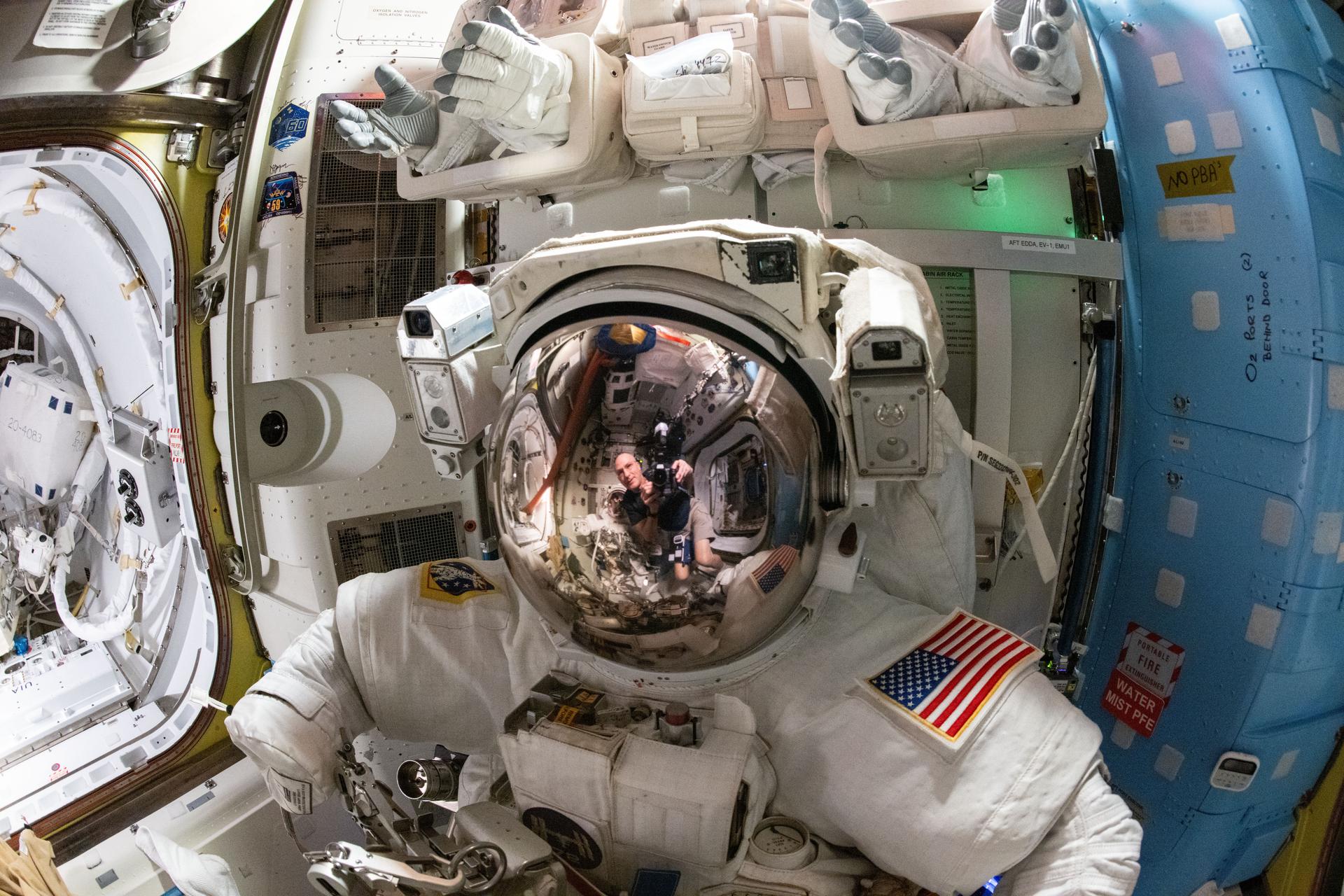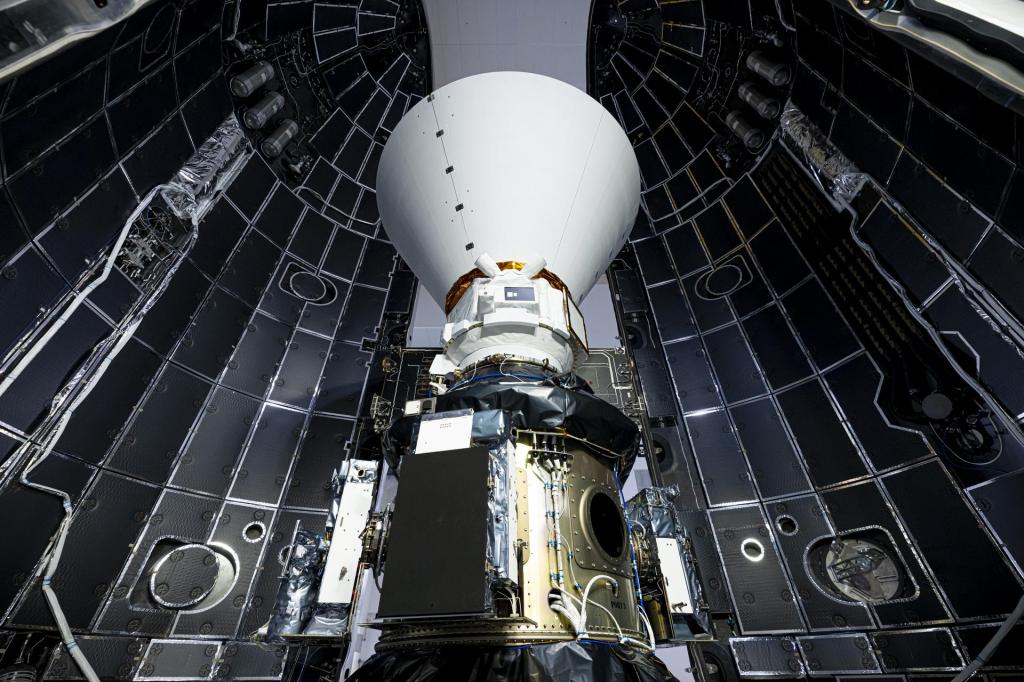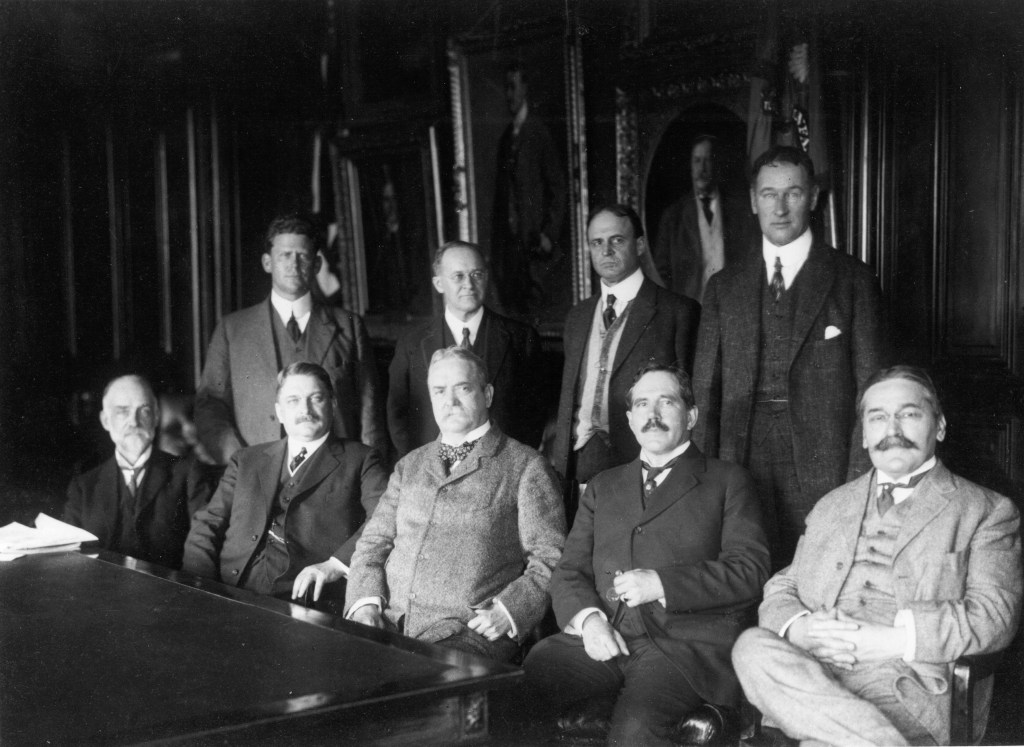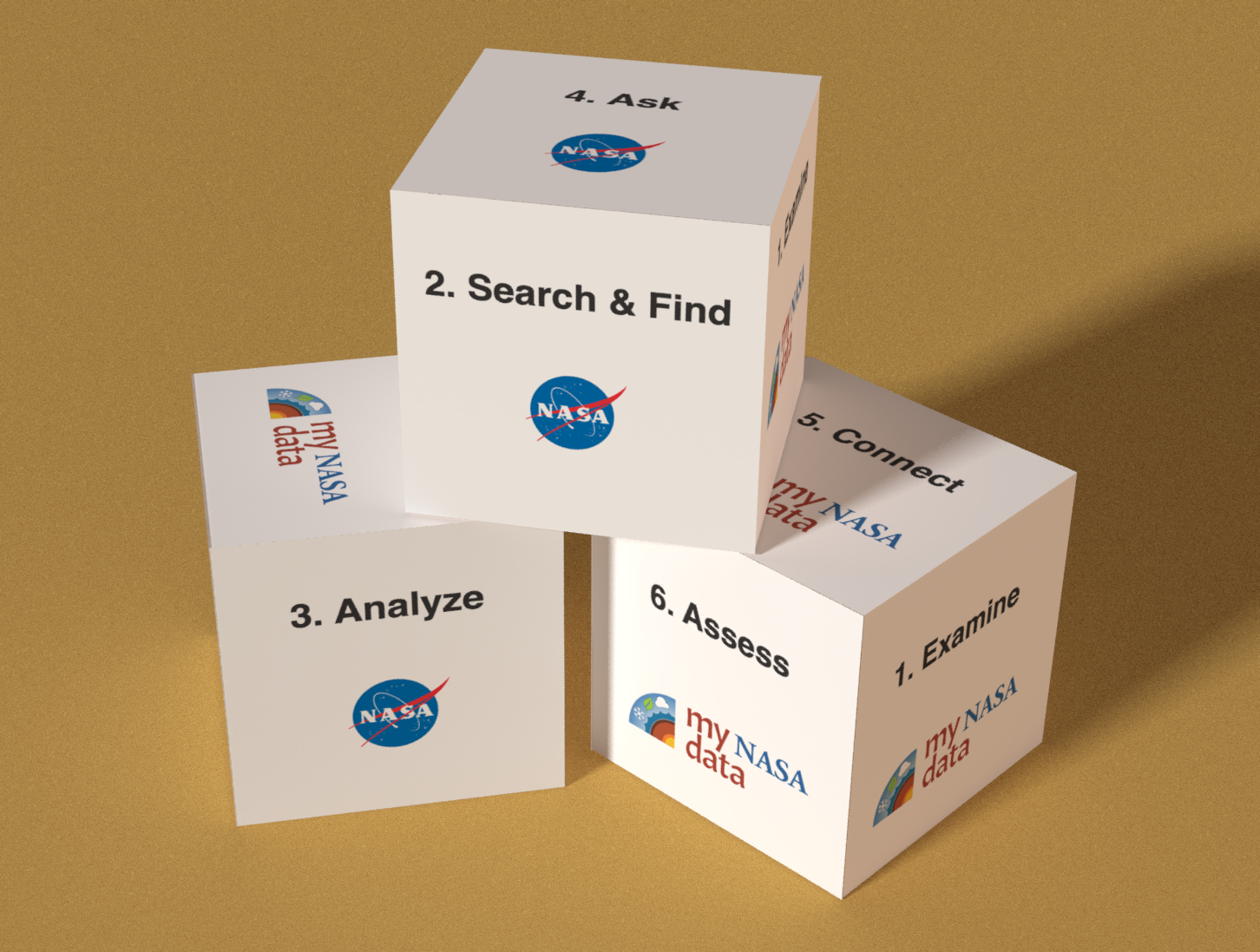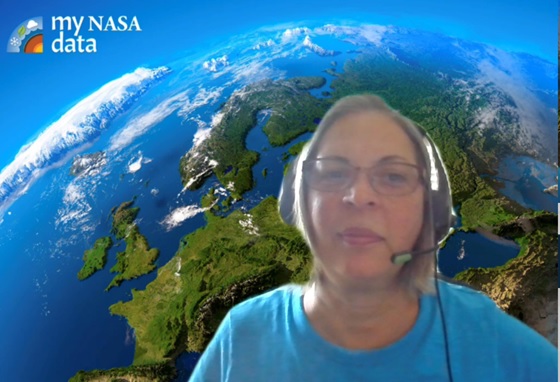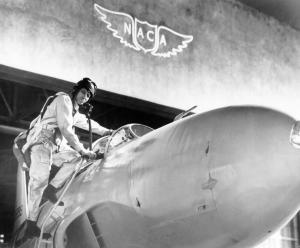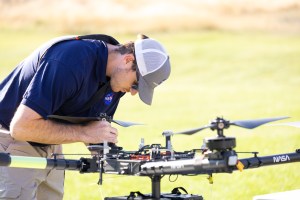NASA interns join the agency for cutting edge, on-the-job training that will shape their future careers, but they also shape the agency with the experiences they bring to the job. One NASA intern used her skills as a teacher to amp up the agency’s Earth science outreach to kids.
“One of the best parts of this experience is being able to raise awareness to our educators and scientists that students may need additional support to learn,” said NASA intern Maria Royle. “Science does not need to be intimidating for students and there are ways to make learning about STEM topics more engaging and accessible.”
Royle, from Charleston, South Carolina, used her skills as a high school English to Speakers of Other Languages (ESOL) and science educator to help revamp My NASA Data teacher resources this summer.
“I have been fortunate to work with a wonderful team of professionals who support and work well with each other,” she said. “This experience has been for me like a kid in a candy store!”
My NASA Data is one of the few NASA Earth Science educator resources providing grade 3-12 teachers access to NASA mission data through unique tools that help students learn about Earth system science. The project’s value is providing NASA Earth science data resources that are teacher- and student-friendly.
Royle’s role in her internship was with My NASA Data’s Data Literacy Cube Guide that is used along with the Earth System Data Explorer within My NASA Data to interpret and analyze information. She was tasked to make the resources in this guide more accessible for diverse students with different learning styles.
“With the focus on data analysis and interpretation in the Next Generation Science Standards, teachers are challenged to find creative ways to make this practice fun and engaging,” said Elizabeth Joyner, senior education coordinator and lead for My NASA Data at NASA’s Langley Research Center in Hampton, Virginia. “The interactive nature of the cube provides a fun way for students to answer about NASA satellite data.”
“Using the framework from Universal Design for Learning (UDL), and Diversity, Equity, Inclusion, and Accessibility (DEIA), I was able to put these concepts together to make this resource more accessible for all learners regardless of their ability to learn,” Royle said. “This resource is powerful because its design builds on the idea that students are all different and because of our diversity, we learn differently. One size does not fit all, and we afford this opportunity for teachers to use this resource to fit those unique styles.”
My NASA Data is a unique effort within the agency, engaging a cross-disciplinary team of scientists, educators, and developers who leverage their diverse skills to create interactive, data-rich resources specifically developed for classrooms and designed to meet the needs of teachers for STEM (science, technology, engineering, and math) subjects.
The project’s team leverages data, visualizations, and related resources across the agency – including data from NASA’s Distributed Active Archive Centers, Earth Observatory, Science Visualization Studio, NASA’s Global Climate Change and others – then curates them by aligning to Next Generation Science Standards, organizes them by scientific concepts or phenomena, and edits resources to make them classroom friendly. These unique and flexible collections feature NASA data across Earth system spheres (i.e., atmosphere, biosphere, cryosphere, hydrosphere, and geosphere) allowing students to explore the interconnectedness of our Earth system.
Royle, who is hard of hearing, knows first-hand the challenges that having a disability brings and how it impacts learning and instruction.
“These qualities do not define who I am but have helped mold me into the person that I have become and the teacher that I hope easily connects with students,” she said. “These unique skills also help me in the tasks for my internship with the My NASA Data team.”
Jessica Taylor, physical scientist and My NASA Data team member at Langley, was complimentary of the unique set of skills Royle brought to the table.
“It’s great that we can bring in teachers through the NASA Internships program,” she said. “Maria has taught us a lot about working with multilingual learners, and her recommendations have been invaluable to My NASA Data.”
Royle was in the medical field before coming into teaching. She sees parallels between the two professions, especially being Latina.
“I come into the project with a different perspective from most other science teachers and offer feedback based on my characteristics, as well as experiences working with mostly underserved students,” she said.
Royle’s motto of “Reaching is Teaching” proved useful in her internship at Langley. She believes teaching is more than academics, adding it’s important as an educator to first learn who the students are and what they need to be successful.
“It is my job to help make science meaningful and connect with the prior knowledge that they bring to my classroom,” she said. “My intention as an educator is to show students that science can be fun, engaging, and lead to a rewarding career.”
E




